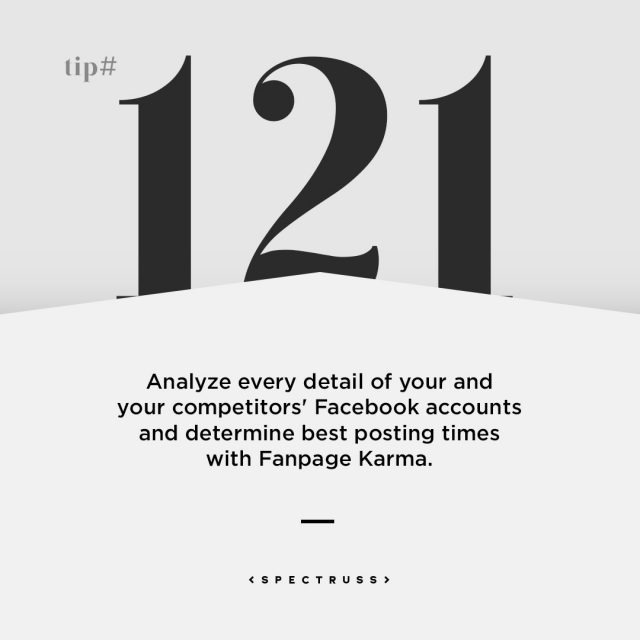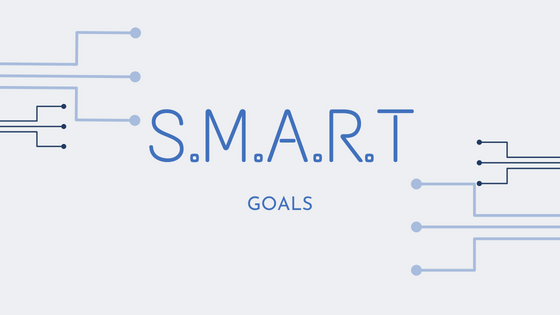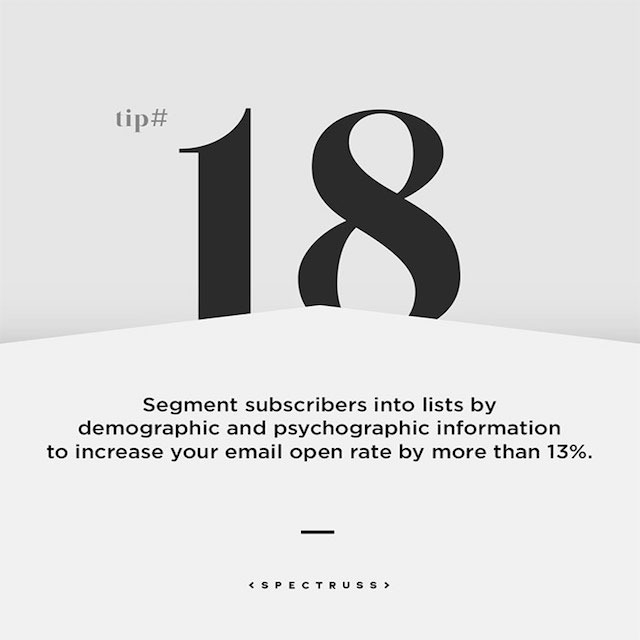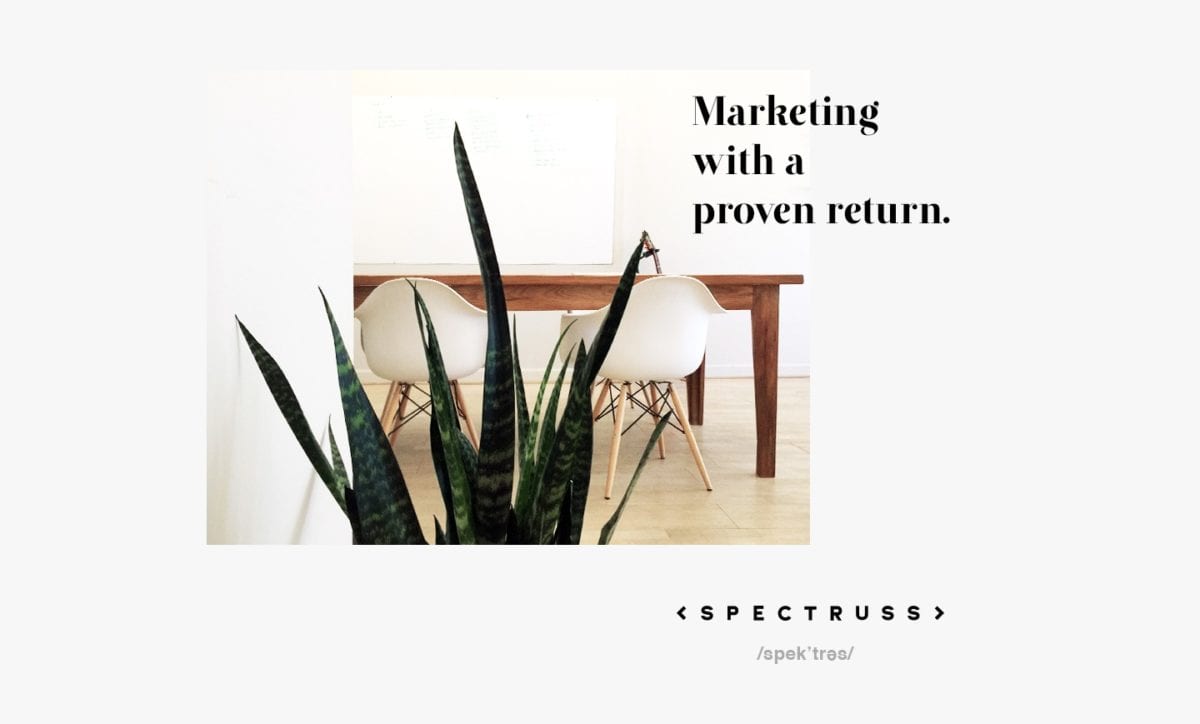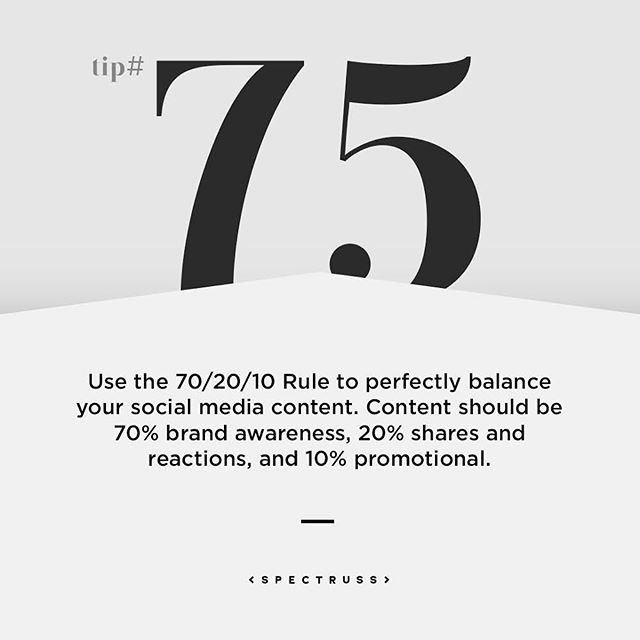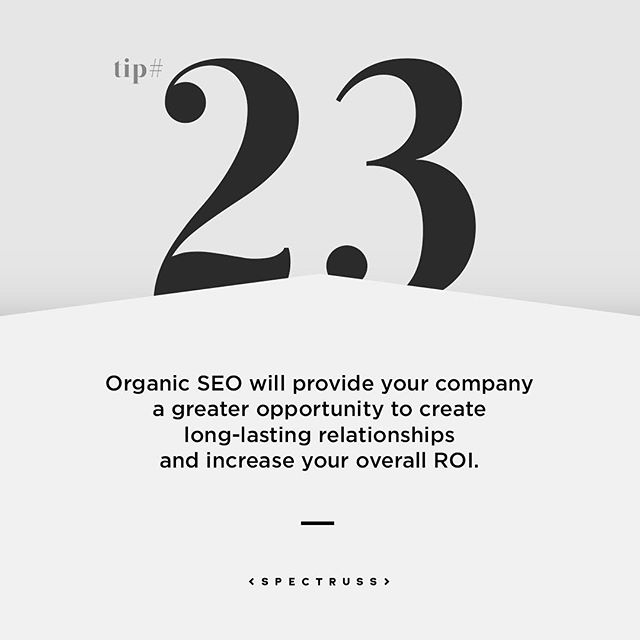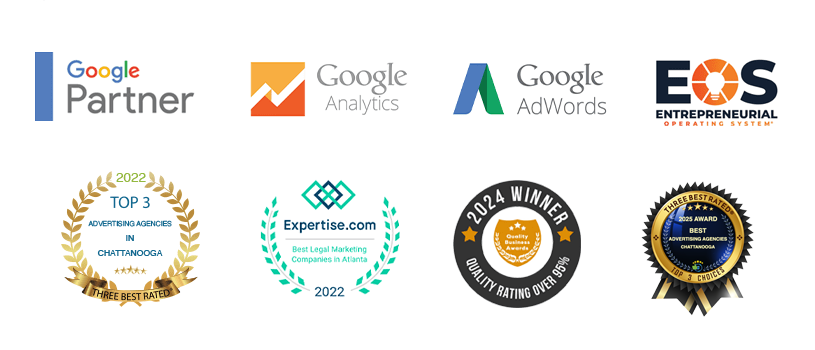Figuring out the best times to post on social media is never easy. People browse at different days and times depending on the platform. The ideal time to post on each social network is when your audience is most likely to see and engage with your content. But, how do you figure out those perfect times? In reality, there are no exact magical times to place every post in front of your whole audience. But, based on research, some posting times are proven to be more effective than others. Sprout Social also furthered this specific topic and researched best posting times for different industries.
Thankfully, there is a handful of secondary research available to use as a resource. In fact, CoSchedulerecently combined its data with more than twenty other studies on this specific topic that claims its findings will help you get more traffic, more engagement, and more followers.
Before diving into the best times it’s important to consider audience location. Eighty percent of the U.S. population is in Central and Eastern time zones. So, these time zones would be ideal for a United States audience. If you’re trying to reach a global audience, it’s recommended to create different social handles for different regions. Or, you can target their time zones according to demographic research from Google Analytics.
Audiences are engaged throughout the week, thanks to our mobile devices.
Best days: Monday and Thursday.
Best times: Between 8-9 a.m., 2 a.m., and 5 p.m. Avoid posting from 3-4 p.m.
Sunday is found to be the least engaging day.
Facebook is still dominating social media with 1.4 billion daily active users. The best days to post is during the workweek because users are known to be active on their computers and mobile devices. Use Facebook analytics andFanpage Karma(free) to track data and find best times based on engagements. Analyze every detail of your Facebook’s posts and determine best posting times with Fanpage Karma, a free analytics platform.
Best days: Sunday, Wednesday, Thursday, Friday, and Saturday.
Best times: 9 a.m., 1 p.m., and 3 p.m.
Posting at 3 p.m. will increase clicks, while 1 p.m. will increase shares.
Users are often online scrolling through their feed during their downtime. Use Twitter Analytics and Followerwonkto track and determine best times to tweet.
Best day: Wednesday.
Best times: 12 p.m., 3 p.m., 5-6 p.m.
B2B performs 16% better during business hours.
B2C performs 17 % better on weekends.
LinkedIn is used by 25% of U.S. adults, mainly for professionals during work hours.
Best day: Aim for the middle of the week: Tuesday, Wednesday, and Thursday.
Best times: 5-6 p.m., 5-6 p.m., and 12 p.m.
Best time to post if midweek from 5-6 p.m.
How do find the best time to post?
Know your key audience
Research and build a profile for your audience based on demographic and psychographic information. What social networks do they check frequently? Where do they get their information? What websites do they visit?
Test different posting times
Figure out best times to post based on previous post engagements.
Consider audience location
Watch competitors
See when your competition receives high engagements and what type of content they are posting.
Continue to monitor and tack
While monitoring the results of your social media marketing campaign is essential, it’s also important to see who is saying what about your business. This provides an opportunity to respond with answers and be aware of what’s circulating.







